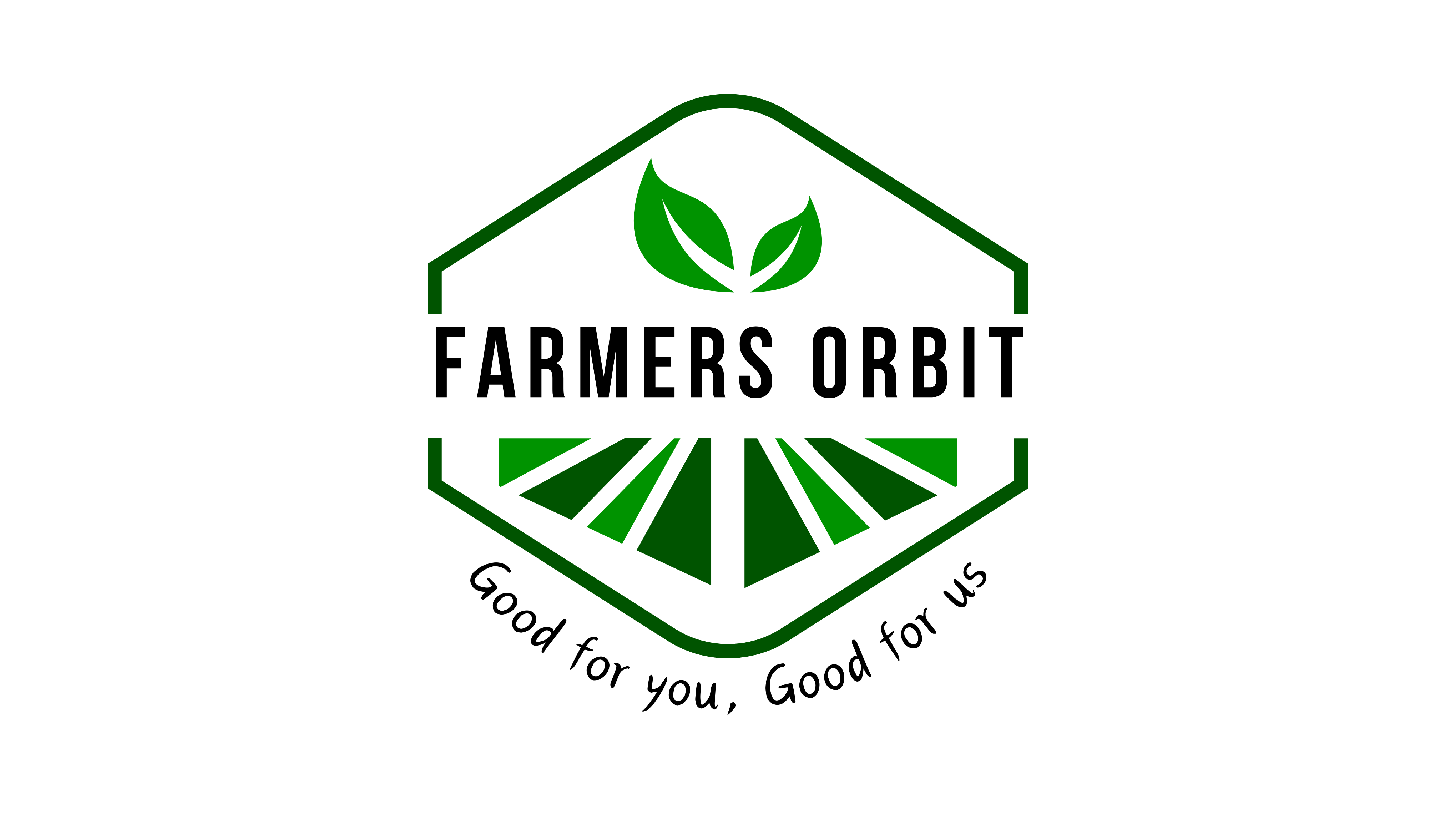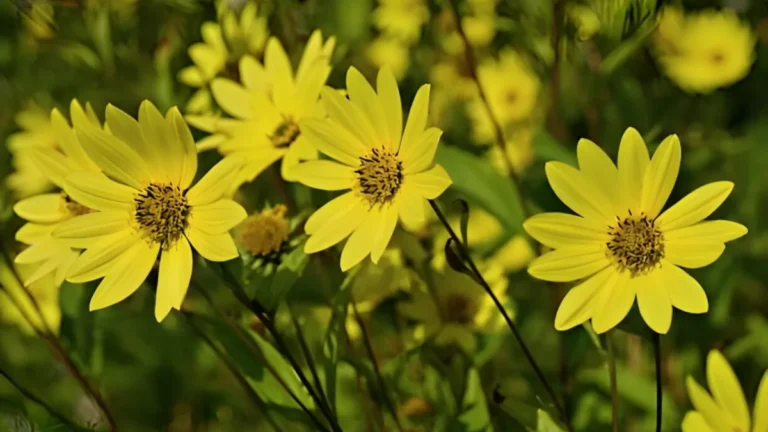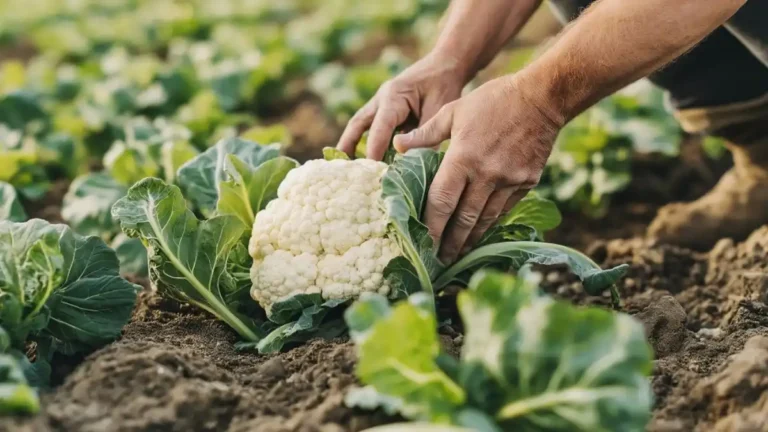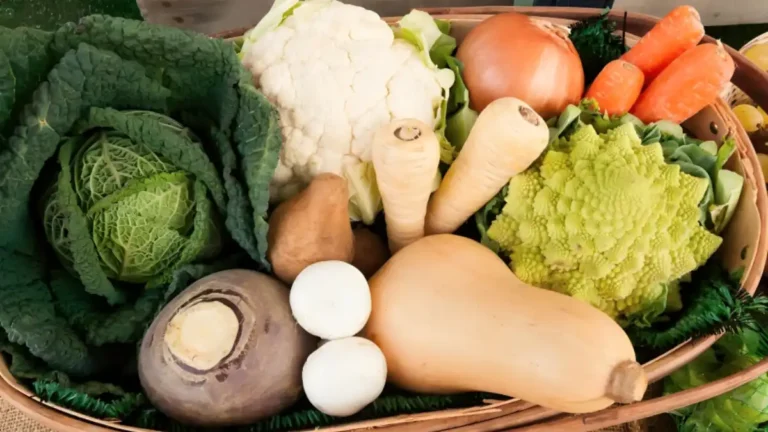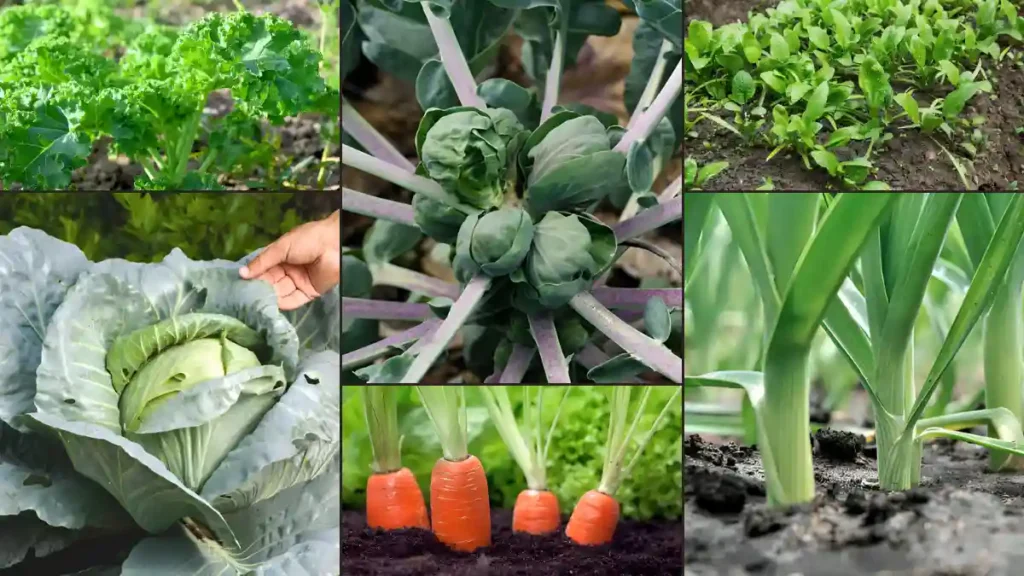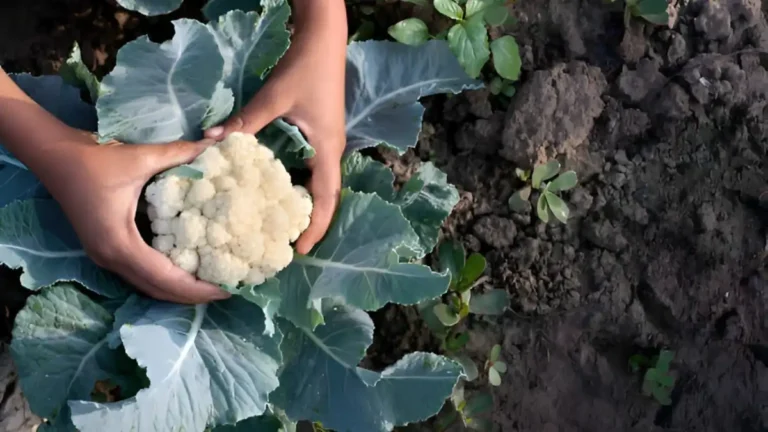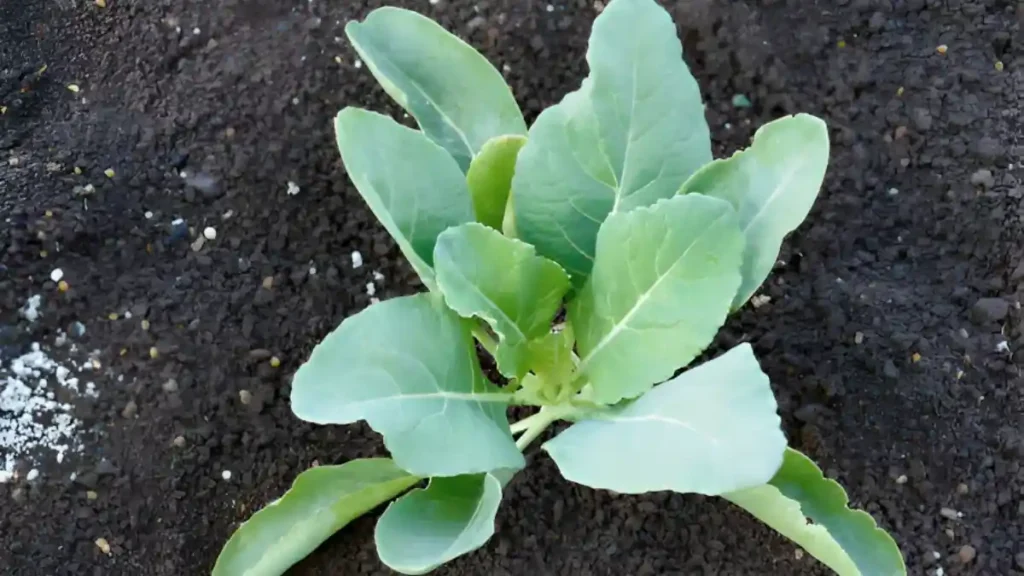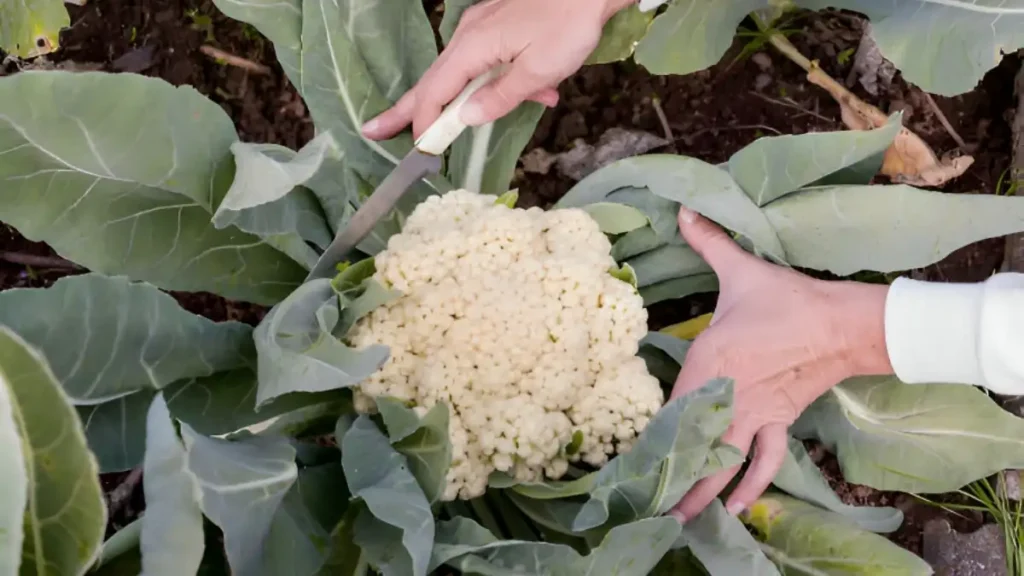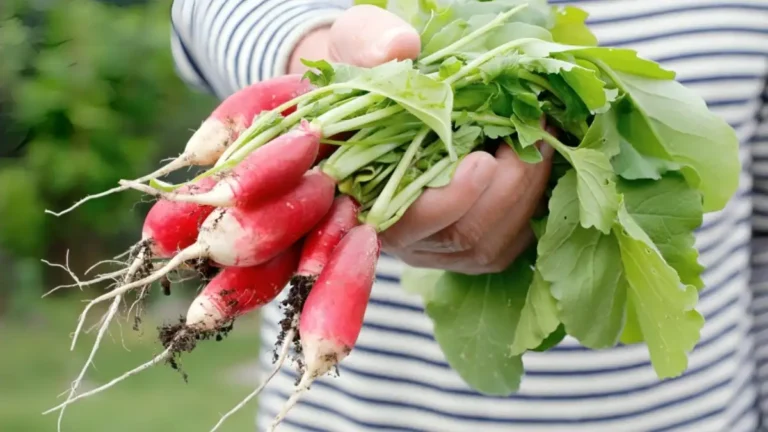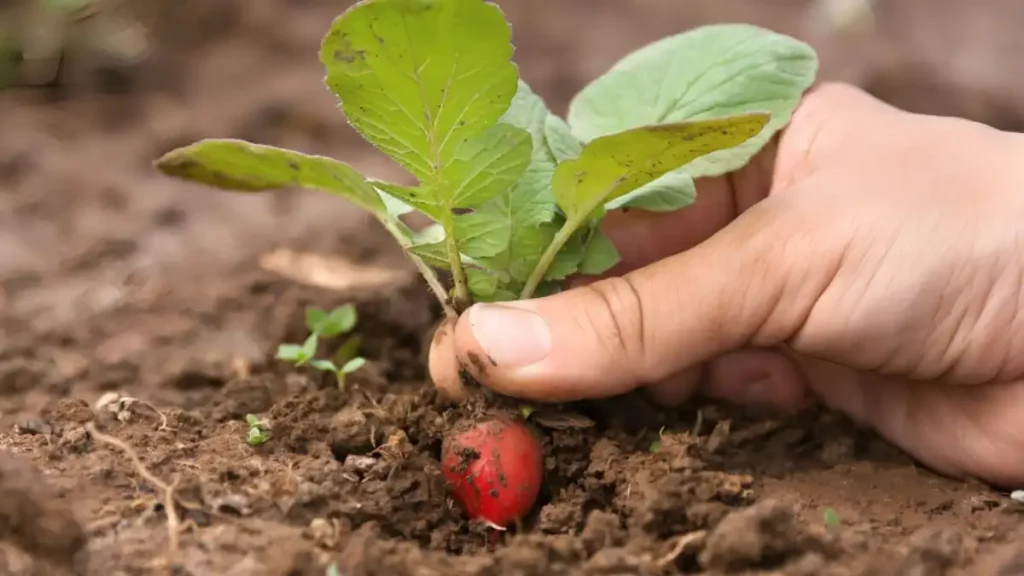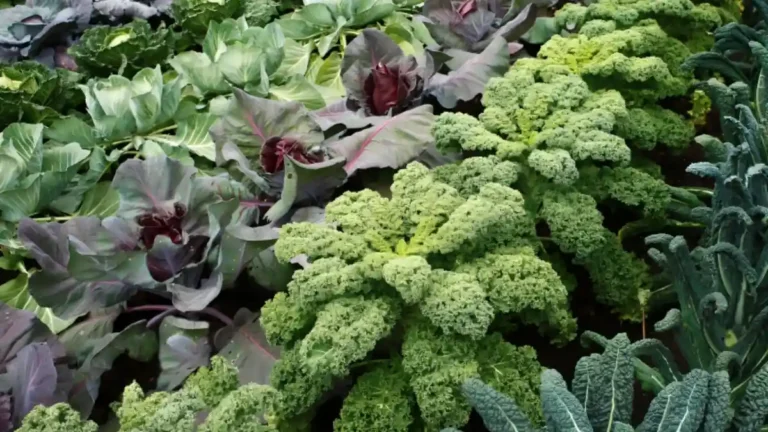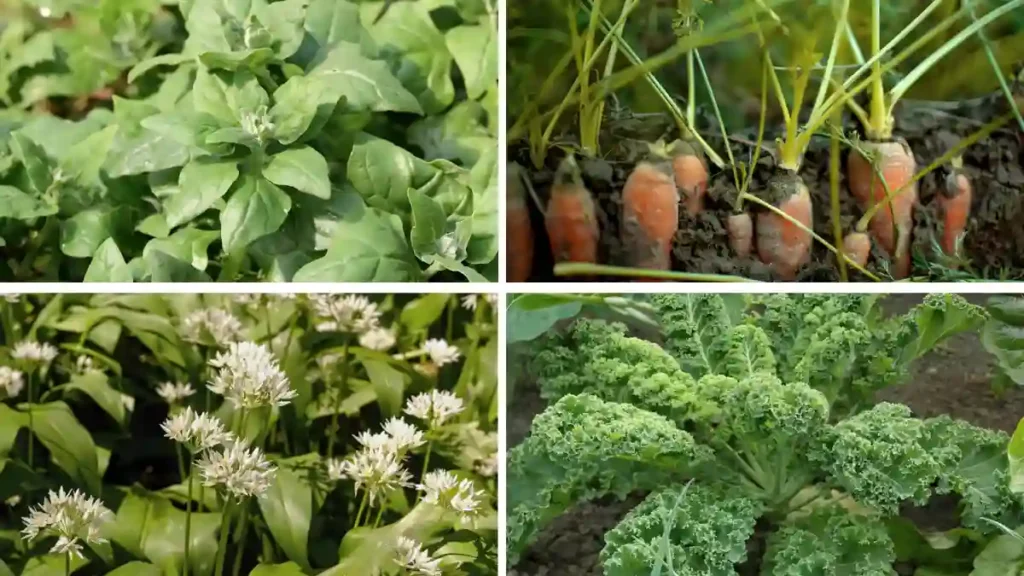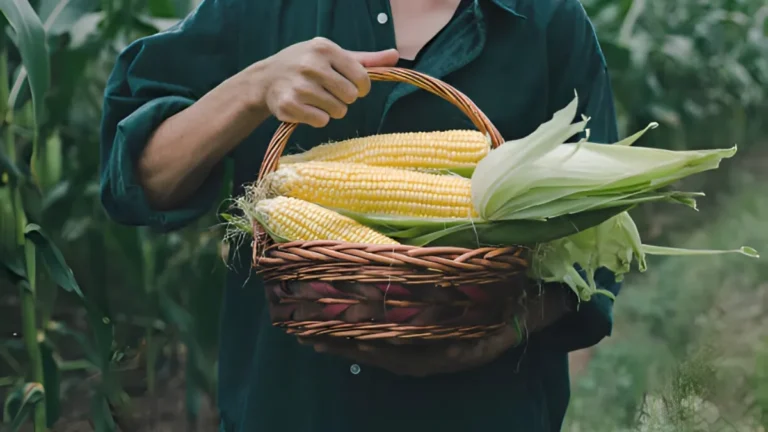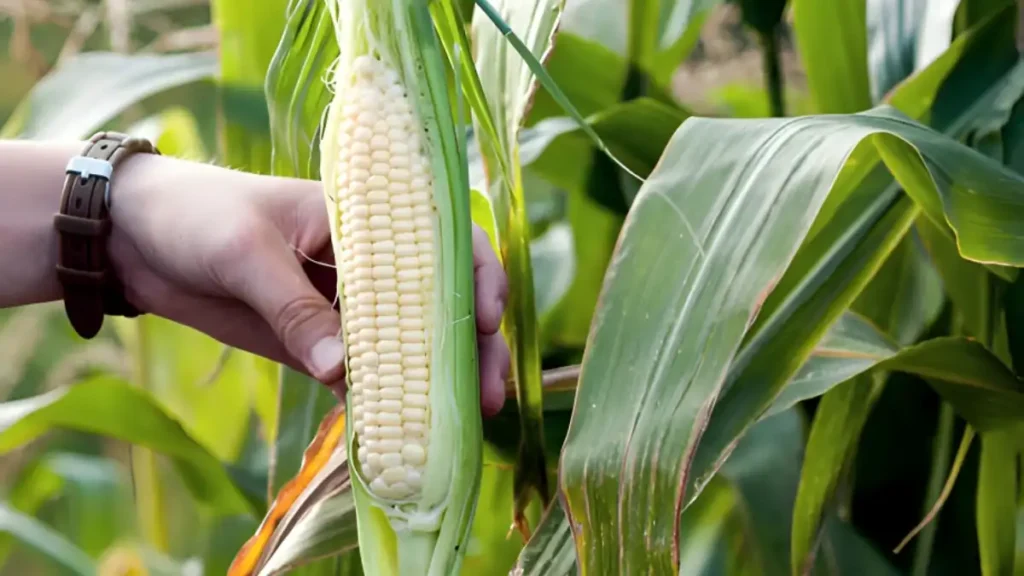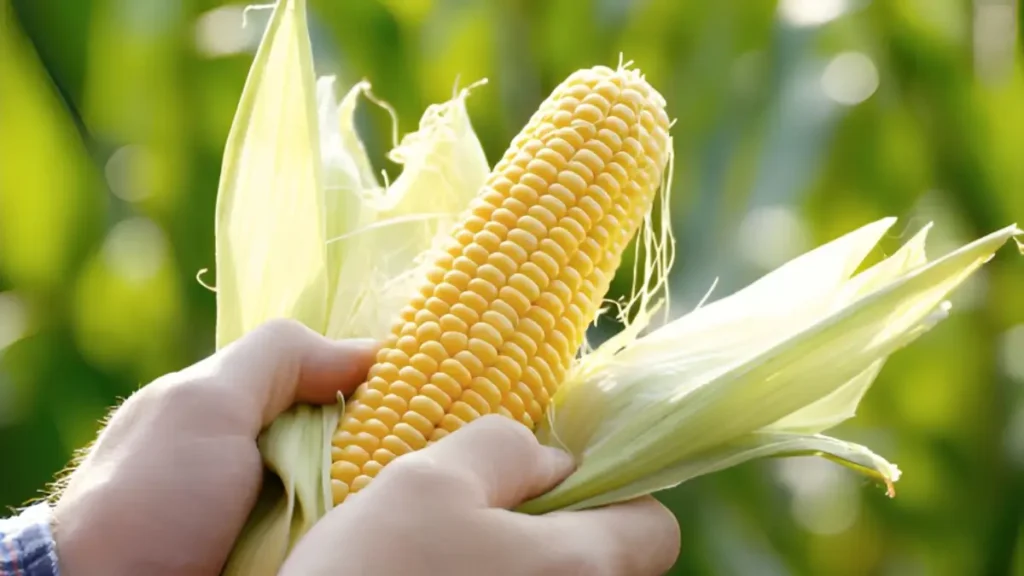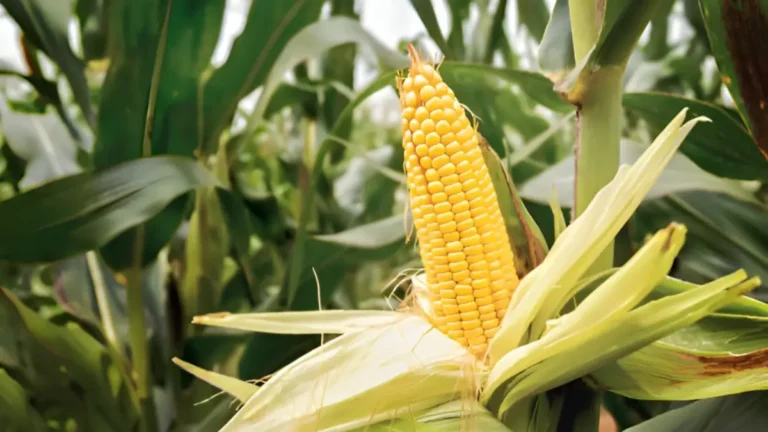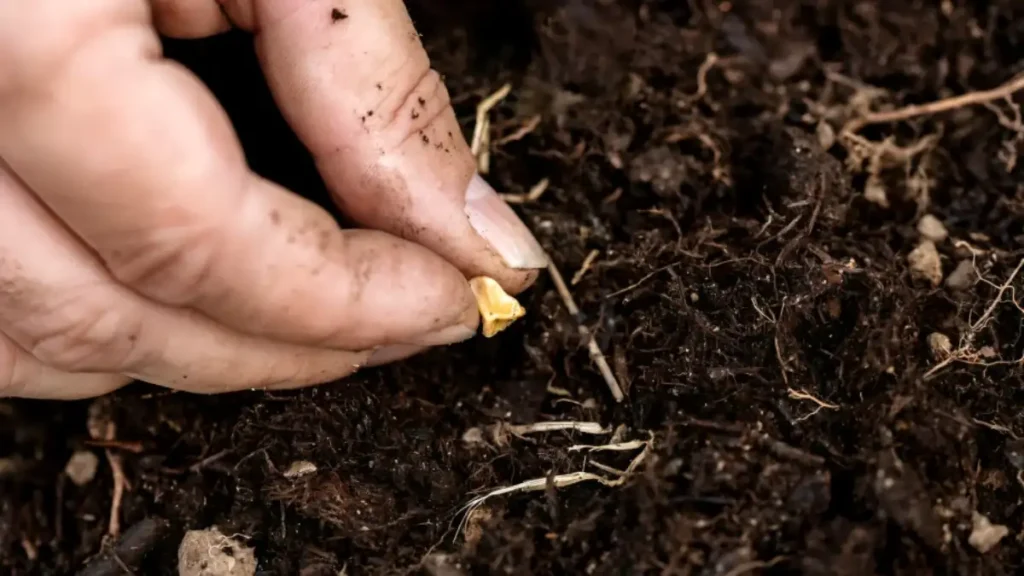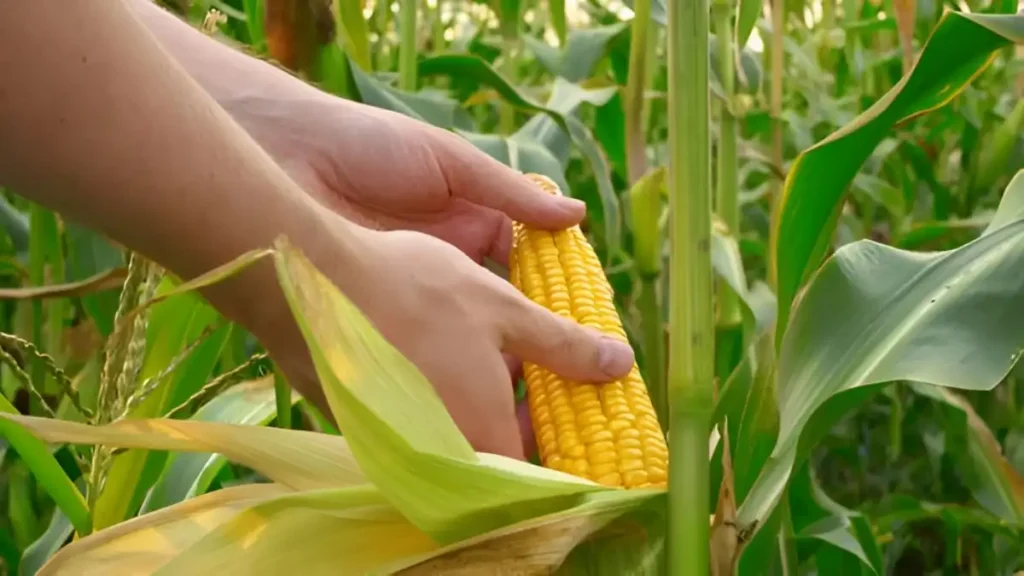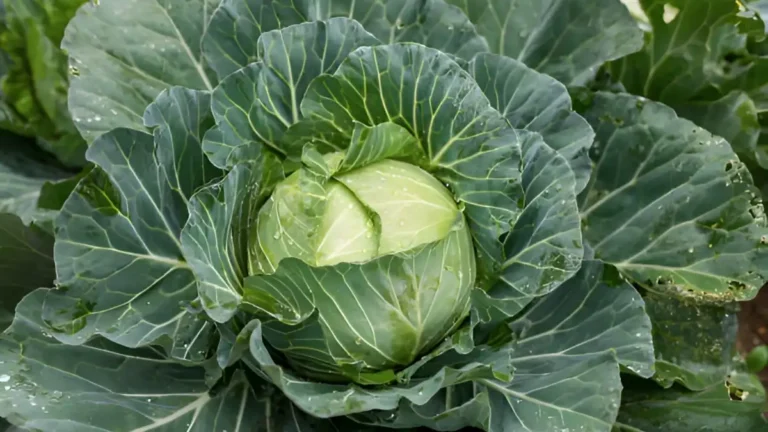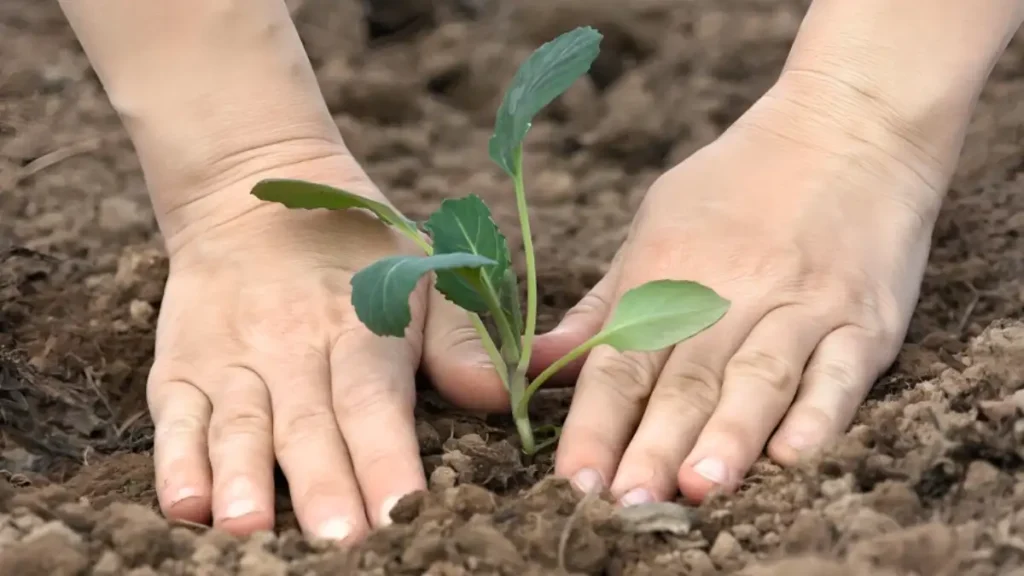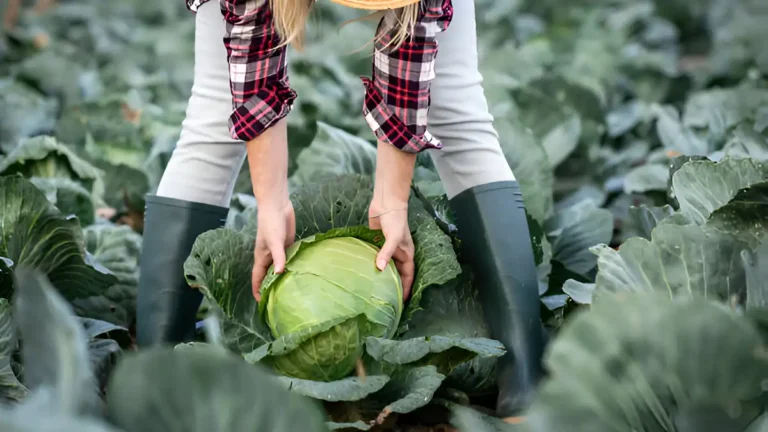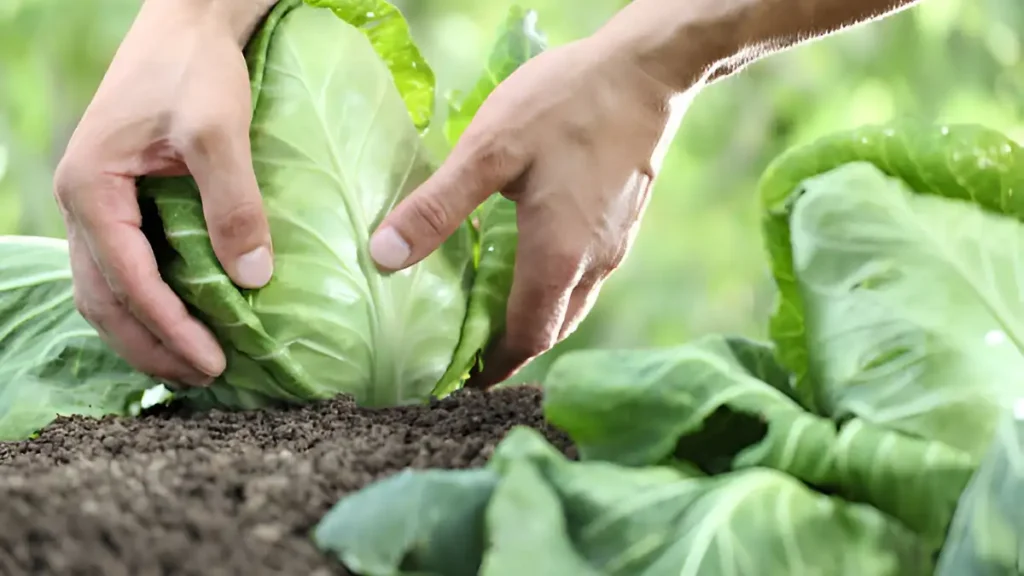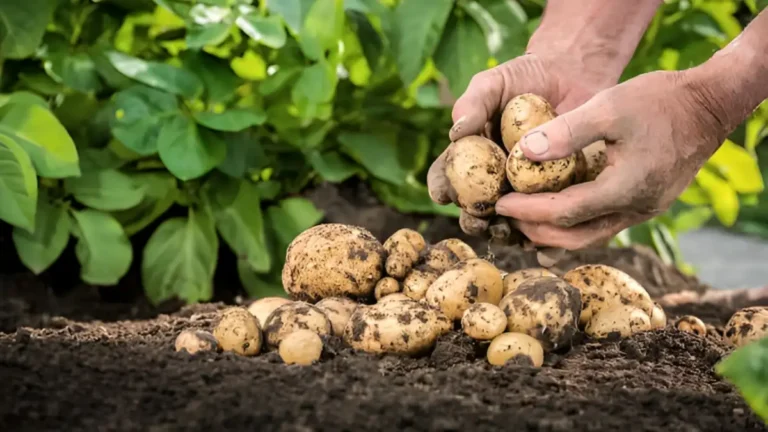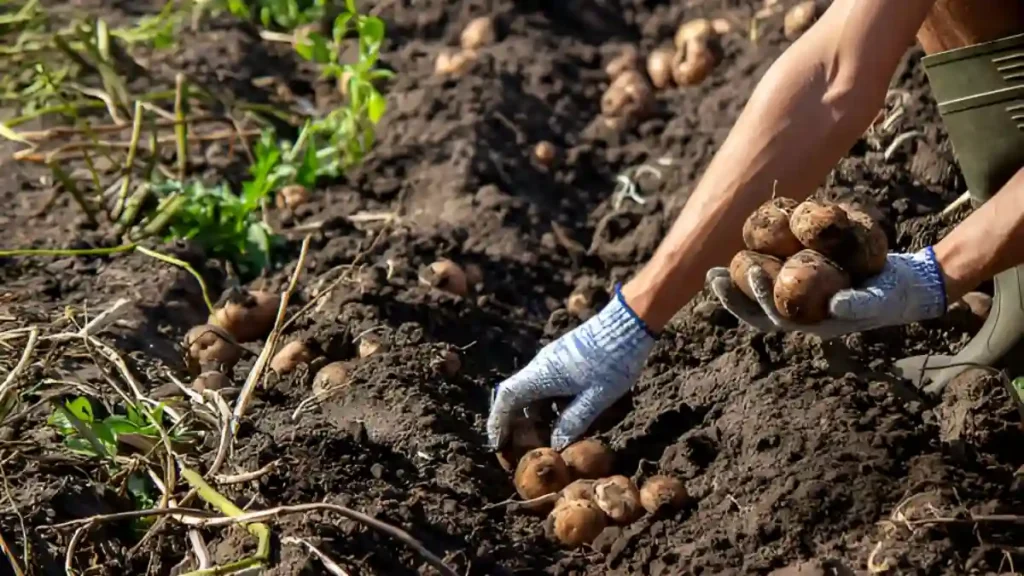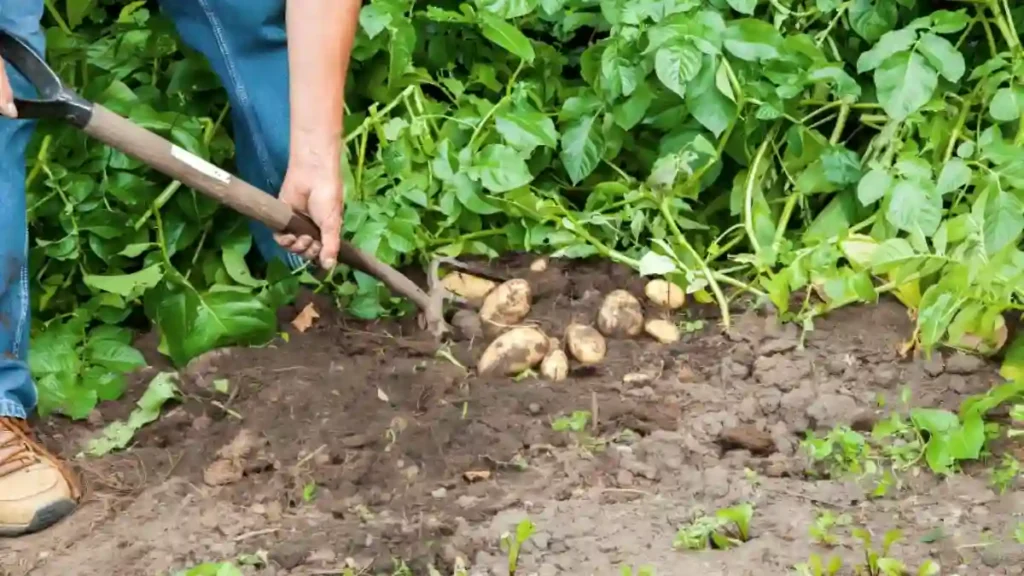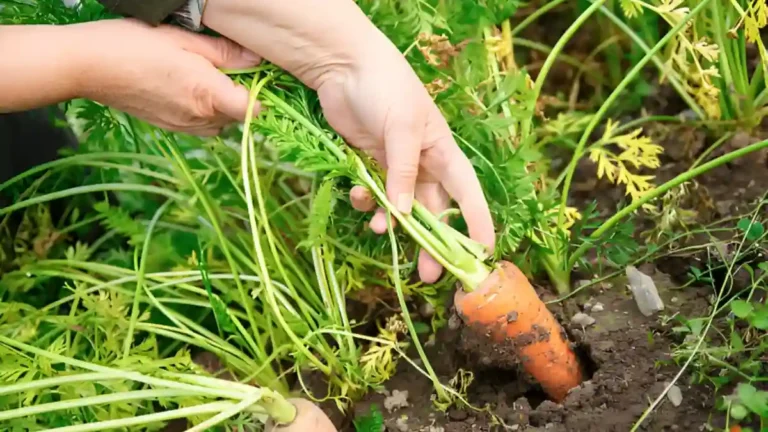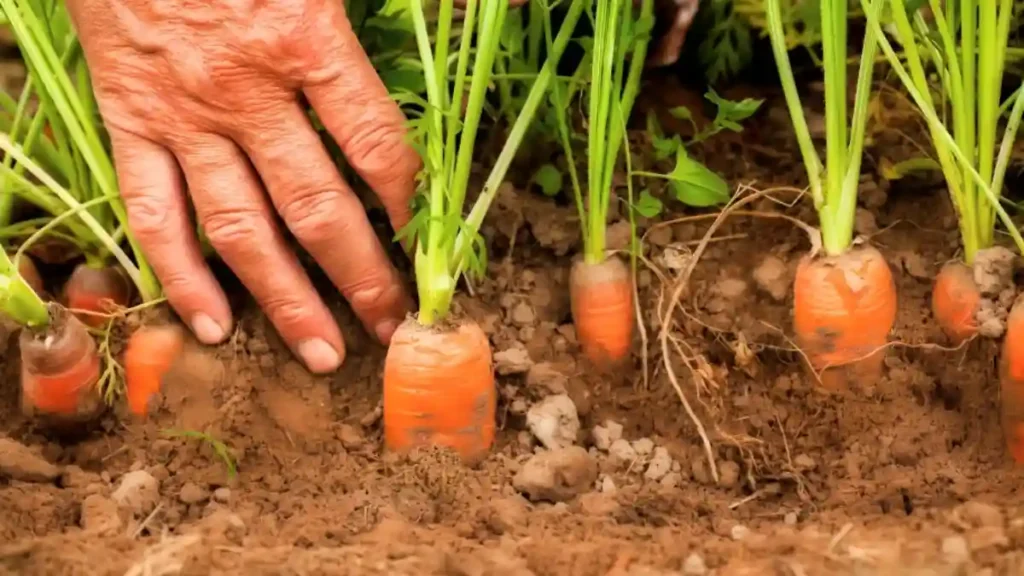One of the most rewarding things you can do is start a vegetable garden. However, growing vegetables indoors is much more fun when plants don’t simply die off at the end of the season and come back stronger and bigger the next year.
A clever technique to increase your growing potential without needing to buy new crops every year is to plant perennial vegetables in your yard. One of the most fulfilling parts of gardening is producing your food, and adding perennial vegetables to your garden can result in sustainable, year-round harvests.
These crops provide convenience and environmental advantages, and they return year after year. The top 5 perennial vegetables that are both simple to cultivate and provide a steady supply for your table are examined below.
A short history of perennial vegetables:
A sustainable food supply for many years, perennial vegetables are prized for their capacity to produce year after year without the need for replanting. Perennial Vegetables by Eric Toensmeier claims that the majority of agricultural and gardening practices in North America are derived from Europe, where fruits and nuts are the only native perennial crops.
Early European settlers in North America brought seeds, cultivation techniques, and draft animals for soil plowing. Eurasian agriculture relied on cattle, annual cereals, and legumes, while perennial vegetables were preferred in temperate and tropical regions like North and South America due to their less labor-intensive nature and hand-farming capabilities.
What are perennial vegetables?
Perennial vegetables are plants that can produce edible components for several years without annual replanting, resulting in steady harvests, unlike annual vegetables that end their life cycle in a single season. Planting once in your garden or orchard can extend its lifespan, unlike biennials and annuals that only last for two years or more.
Below are some benefits of perennial vegetables:
Perennial vegetables require little care
Perennial flowers are essential for cultivating vegetables without annual tilling, yielding nutrient-dense crops year-round. Well-established perennials are resilient to weeds, drought, diseases, and pests.
Perennials demand less work than annuals. Once established, they often require less watering, fertilization, and overall care, resulting in less gardening labor over time.
Perennial vegetables increase harvest duration
More food is available all year round since perennial vegetables frequently have various seasons of availability than annuals. Many perennials are already robust or ready for harvest while you are waiting out the midsummer heat or moving little annual seedlings into your vegetable garden.
Using perennial vegetables to develop soil
Perennial plants, without the need for tilling, enhance soil health by providing habitat for various animals, fungi, and other essential soil organisms.
By retaining their roots in the ground, reducing erosion, enhancing water retention, and fostering beneficial bacteria, perennial vegetables contribute to the preservation of soil structure.
There are several uses for perennial vegetables in the garden
Perennial vegetables are decorative plants that enhance landscapes and serve as groundcovers, hedges, and erosion management. They fix nitrogen in the soil, benefit nearby plants, and can climb trellises, shade crops, and provide habitat for pollinators and insects.
List of perennial vegetables:
1. Asparagus: A springtime delicacy
Asparagus, a popular perennial vegetable, is known for its soft, spear-like shoots and requires perseverance to grow, but the rewards are worth it.
Choose a sunny, well-draining location with a pH of 6.5-7.5 and organic matter. Plant crowns 6-12 inches deep in trenches, space 12-18 inches between them. Water and mulch regularly throughout growth.
Asparagus has a good amount of fiber and is high in vitamins A, C, and K. It is a great addition to spring dishes because of its early harvest season.
2. Rhubarb: The tangy treat
Perennial rhubarb, known for its strong, sour taste, is often used in desserts and savory meals. A mature plant can produce enough for a block party, making it perfect for rhubarb crisp or strawberry rhubarb pie.
Choose a sunny or partially sheltered location with well-drained soil. Plant dormant crowns in early spring, three to four feet apart. Remove stems as soon as they appear, mulch the base, and harvest stalks after the second year. Carefully pull stalks instead of cutting them.
Rhubarb is an excellent source of antioxidants and vitamin C. Its brilliant scarlet stalks are both aesthetically pleasing and delicious.
3. Jerusalem artichokes: The nutritious tubers
Jerusalem artichokes, also known as sunchokes, are a versatile perennial vegetable that produces nutty, earthy-flavored tubers that attract beneficial insects due to their attractive yellow blooms. They can be cooked or eaten raw.
Jerusalem artichokes, hardy plants spreading underground, are invasive and difficult to eradicate. They are found in Zones 4-9 and are rich in iron, potassium, and inulin, a prebiotic fiber for intestinal health.
Plant in a sunny, loose, well-drained location, avoiding crowding. Plant tubers 4-6 inches deep and 12-18 inches apart in early spring. Water frequently, and avoid soggy areas. Dig up tubers after frost, leaving some for next year’s growth.
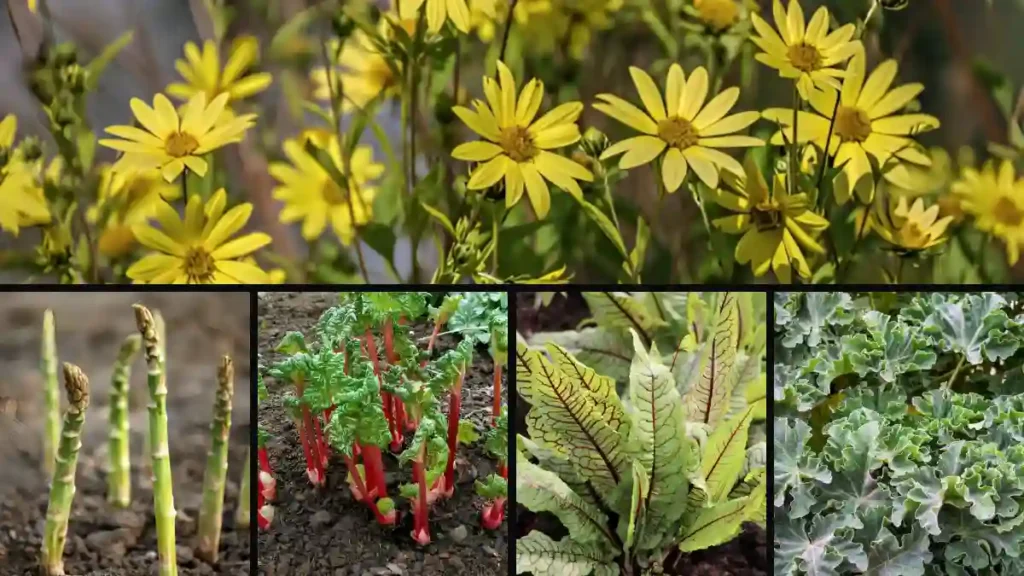
4. Sea kale: The coastal delicacy
Sea kale, a hardy perennial vegetable with delicate stems, leaves, and flower buds, is known for its salty flavor and richness in recipes. It grows bushier in gardens and is suitable for zones 4-8.
Grow in full sun and sandy, well-drained soil, spacing seeds 24 to 36 inches apart. Water sparingly, cover blanch shoots with opaque cloth, and gather flower buds and foliage as needed.
Sea kale is high in fiber and vitamin C. It can be used for both decorative and culinary gardening because of its attractive appearance.
5. Sorrel: The zesty green
Sorrel (Rumex acetosa) is a perennial herb with a lemony, acidic flavor, grown in various climates. It’s used in salads, sauces, stews, and soups due to its tangy leaves. The two main varieties are common sorrel and French sorrel.
Sorrel leaves, a rhubarb relative, contain trace amounts of oxalic acid, safe to consume in moderation, and are a healthy addition to salads, soups, and sauces due to their high iron and vitamin C content.
Sorrel, a delicacy popular in early spring, is bitter due to rapid wilting after harvest. French and garden sorrel are perennials up to Zone 6 and 5 and can overwinter with mulch in cooler climates.
Conclusion:
Planting perennial vegetables in your garden is a great method to ensure recurring harvests with little work. From the tender spears of asparagus to the tangy leaves of sorrel, these five perennial crops provide a perfect balance of flavor, nutrition, and sustainability. Planting and cultivating these crops will allow you to enjoy years of productive gardening and many culinary possibilities.
Certainly! If you’d like to learn more, please consider following our WhatsApp Channel: Harvest Gardening
A frequently asked questions:
Q1: What is the easiest perennial vegetable to grow?
A1: Asparagus and rhubarb are easy-to-cultivate perennial vegetables, both growing well in well-drained soil and requiring minimal upkeep, with rhubarb producing for decades under suitable conditions.
Q2: What is the difference between annuals and perennials?
A2: Annuals complete their life cycle in a single growing season, necessitating replanting each year, but perennials live for several years, regrowing and producing harvests season after season without replanting.
